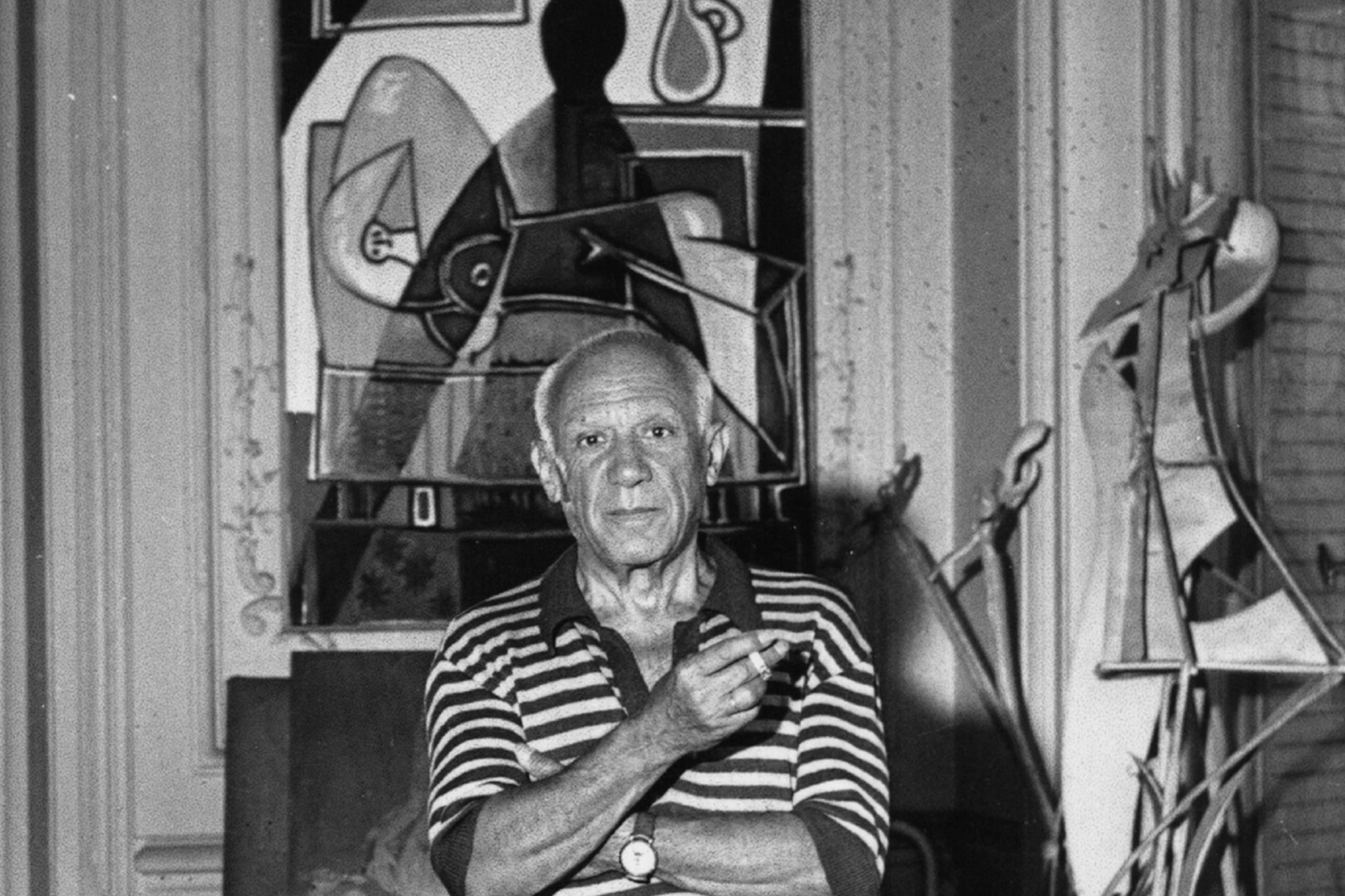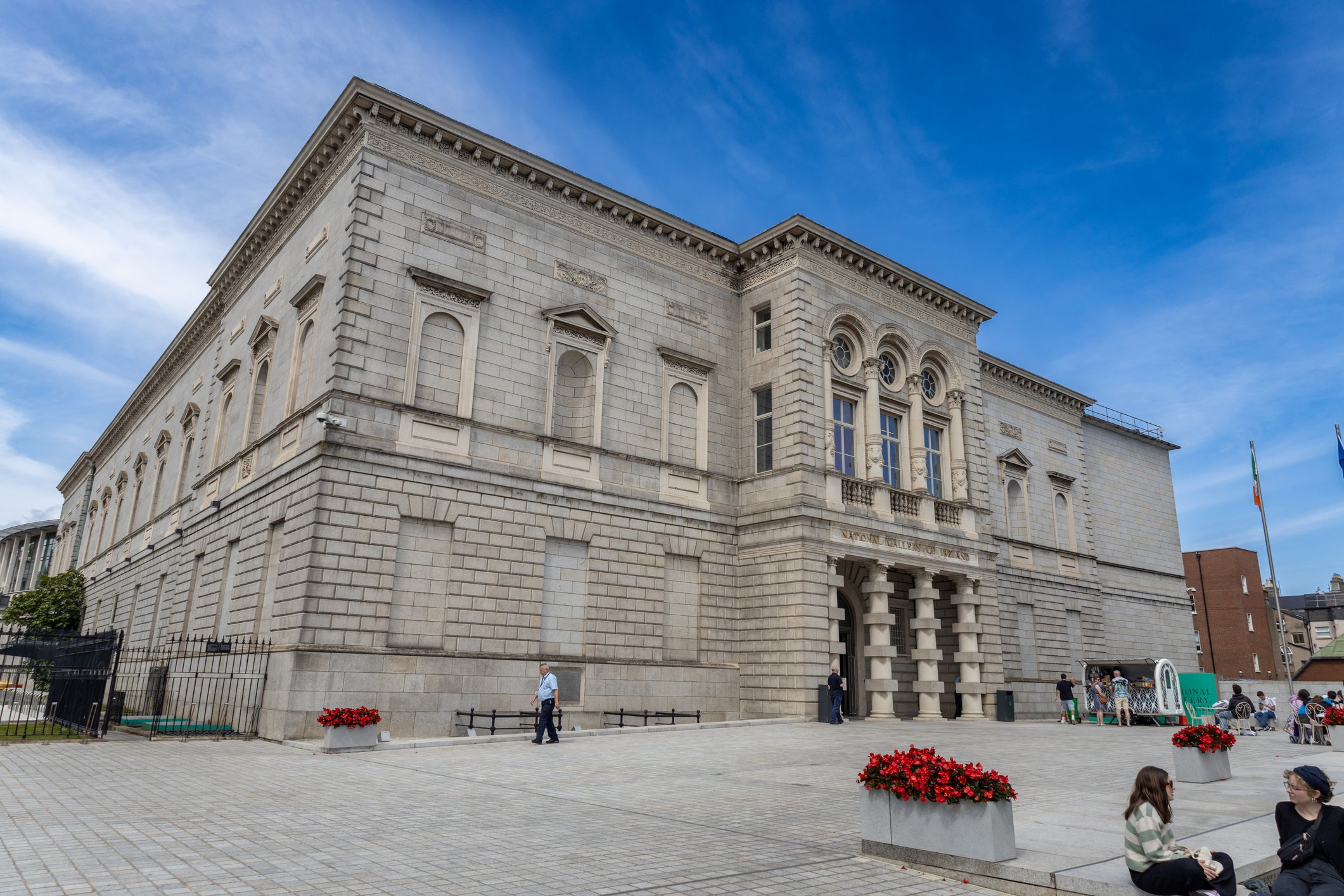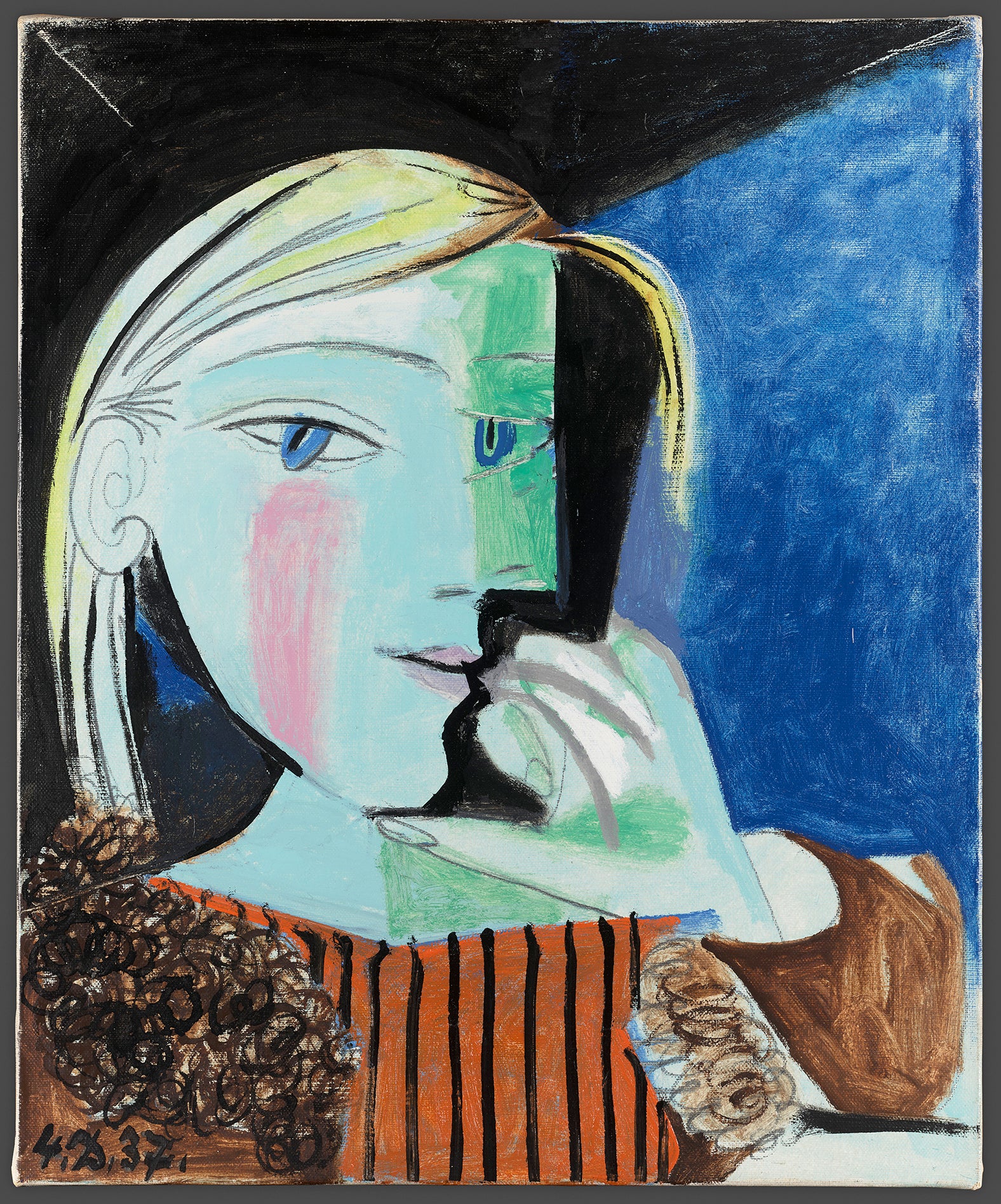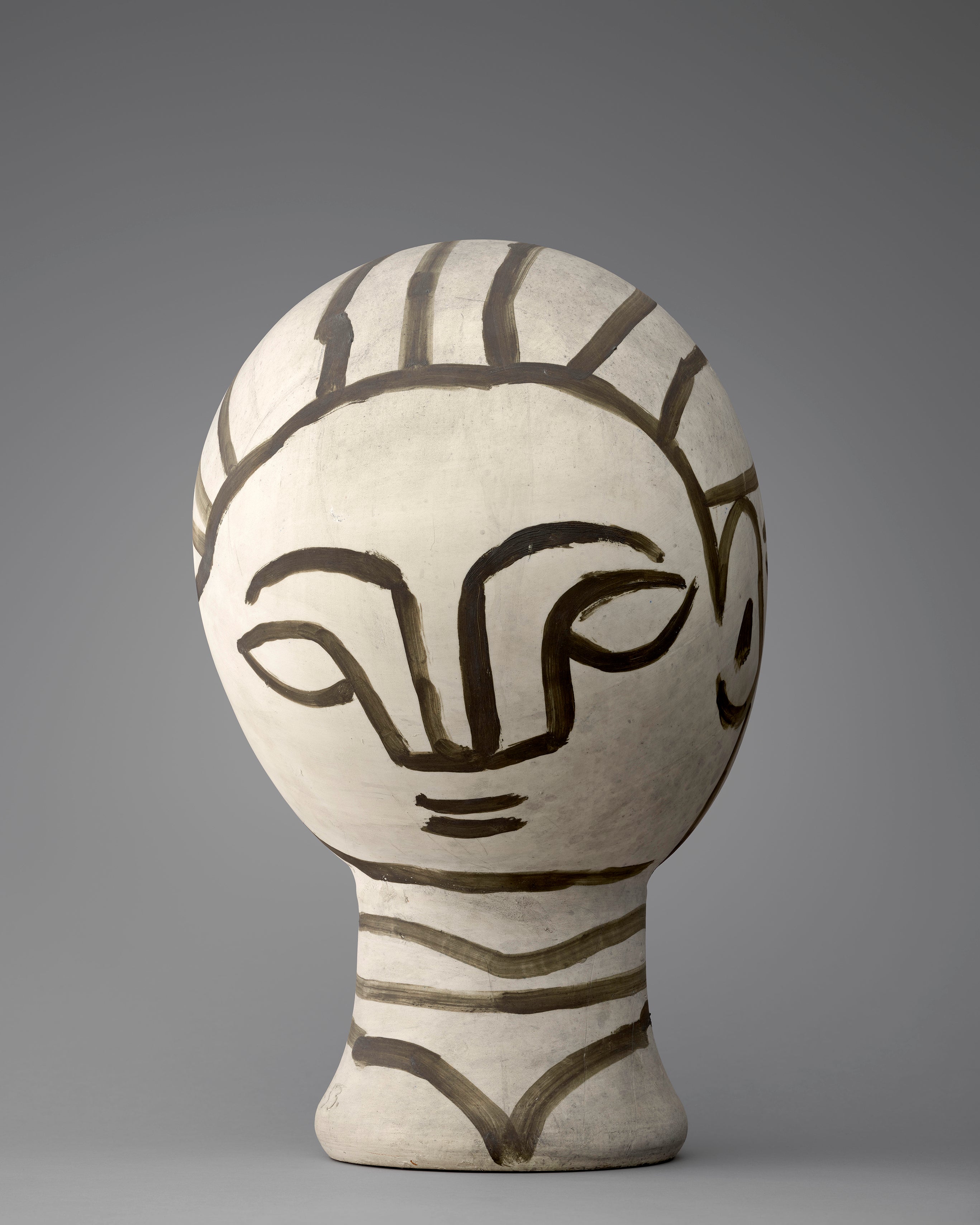Pablo Picasso is coming to the National Gallery. Not the National Gallery that overlooks Trafalgar Square, but the one in Ireland, housed behind a 19th-century neo-classical façade on Merrion Square in the centre of Georgian Dublin. The National Gallery of Ireland hasn’t, as London’s previously did, limited itself to art before the 20th century, and this autumn will host the major new exhibition, Picasso: From the Studio, in partnership with the Musée Picasso in Paris.
The show will be packed with remarkable works from the single most transformative artist of the 20th century. However, Picasso was also among the most troubling artists of the 20th century – particularly for his attitude to women. The charges begin with the painter’s treatment of Fernande Olivier, the first live-in lover in Paris, whom he locked up in their squalid studio apartment. Then Olga Khokhlova, the ballerina wife Picasso subjected to many indignities, among them his affair with the teenager Marie-Thérèse Walter – his junior by 28 years. There’s Walter’s successor as muse and bedfellow, the artist Dora Maar, whom he struck on occasion, and Françoise Gilot, the mistress Picasso couldn’t forgive for writing a book about their relationship, to the extent of disinheriting their children.

Read more: The best museums you should visit in the UK
The Dublin team do not deny there are problems. “Picasso was a tricky person all round,” says co-curator Janet McLean. “His relationships with women were difficult, and sometimes with his children and grandchildren, men and his friends. He would often take what he needed, and then he would move on.”
There is no record of Picasso visiting Dublin, but the new show is a compelling reason to visit a city that, for most Britons, is only a ferry or one-hour flight away across the Irish Sea. The National Gallery of Ireland offers visitors access to an enviable, if little-known in the UK, free-to-see collection. There are works by Goya, Velázquez, Rembrandt, Vermeer, Caravaggio and more, with regular guided tours of the collection at no extra charge.

Read more: The best cheap hotels in Dublin
While you’re in town, cross the River Liffey to the Hugh Lane Gallery on Parnell Square to encounter one of the most audacious modern art installations in Europe: Dublin-born painter Francis Bacon’s London studio, which was relocated here in 1998. Every paint tube and oily rag, even the dust from the floor, has been moved from London. That coup was engineered by Barbara Dawson, visionary director of the Hugh Lane Gallery, and it is women who are behind Picasso: From the Studio. The National’s director is Caroline Campbell, and McLean’s co-curator is Joanne Snrech of Musée Picasso in Paris. Housed in a baroque mansion in the Marais, the Musée embarked on a major reconsideration of its dedicatee in 2023 at the instigation of its female director Sabine Longin. “The idea was to talk about everything that seems problematic about Picasso,” says Snrech. “His relationship to women, his position during the war, his interpretation of non-Western art. To not just go, ‘Picasso treated women badly’”.

Consequently, their exhibition re-thinks how Picasso worked, how the tumbling, apparently endless succession of pictures, sculptures, ceramics and prints – over 50 of which will be in Dublin – were made. Rather than a lone genius in the studio, Picasso’s art came out of a larger creative constellation; he was dependent on networks of people, most of all, perhaps, on the women we see in his work. “It’s a different way of thinking about art history,” says Snrech. “Not focusing just on Picasso but also highlighting the importance of the other people around him; moving away from that genius narrative to something that is more inclusive.”
Read more: Inside the Paris neighbourhoods you should know before visiting
“Picasso has so many collaborations,” says McLean. “When he wanted to do printmaking, the printmakers in Paris set up a studio to accommodate him. There was just this incredible output, hundreds and hundreds of things.” Rather than diminish or falter, this seemed to increase as he grew older. Turning 70, Picasso took up with the ceramic workers of Vallauris on the Côte d’Azur. A trove of the often quirkily humorous pitchers, plates, and figurines that resulted is coming from Paris.
In 2023, on the fiftieth anniversary of Picasso’s death, New York’s Brooklyn Gallery mounted Pablomatic: Picasso According to Hannah Gadsby, wherein the Australian feminist comic attempted to boot the artist out of the canon. Picasso was “a monumentally misogynistic and abusive domestic authoritarian dictator”. But as the Dublin show will make clear, it’s more complicated than that. Dora Maar was a major artist in her own right; she both photographed Picasso at work on Guernica in the studio and advised him as he created the greatest painting of the 20th century.

Likewise, you might argue that Walter, who haunts the show in works like Portrait of Marie-Thérèse (1937) and the bronze sculpture Head of a Woman (1931-1932) was the co-author of Picasso’s remarkable rebirth in the 1930s. Rather than ask if great art can excuse bad behaviour, the necessary question might be, why haven’t these women been given more credit for Picasso’s work? Either way, go to Dublin and make your own mind up.
Read more: Best luxury hotels in Dublin 2025, reviewed
Picasso: From the Studio, National Gallery of Ireland, 9 October-22 February






